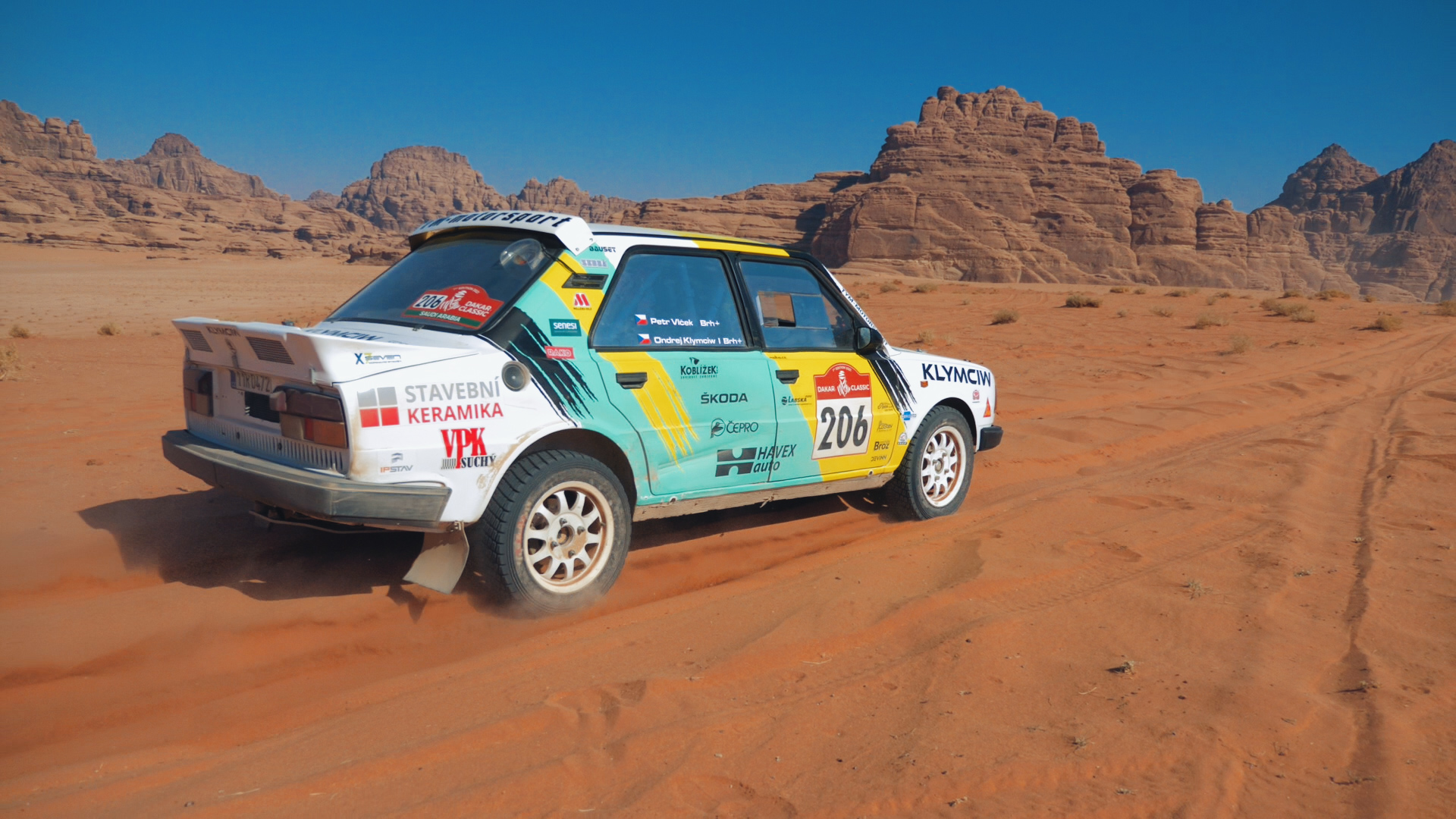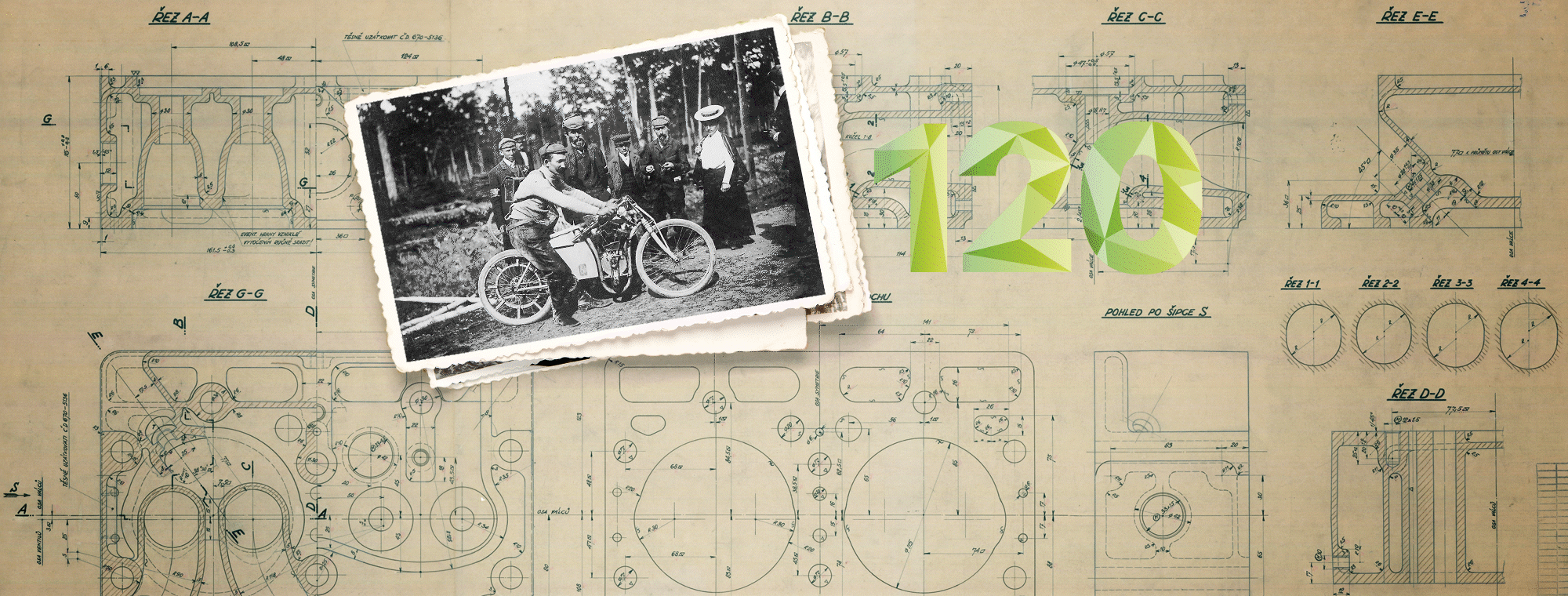Desert-ready
The ŠKODA 130 LR was made in the 1980s as a works car for the rally world championships, which helped it qualify for this Dakar Rally even though it had never taken part before. The organisers wanted to see if it still had its original looks and could handle the desert terrain.
 Special off-road wheels make it possible to reduce the tyre pressure so the car can get out of deep sand.
Special off-road wheels make it possible to reduce the tyre pressure so the car can get out of deep sand.
The car was given a modified gearbox with a limited slip differential and gearing suitable for the Dakar Rally. The air filter system was modified and mechanics raised its ground clearance as much as possible. The geometry of the front axle was also reworked. As the original diagrams and calculations were available, it was possible to calculate precisely the drive position and axle kinematics. Another issue was how to prepare the car for high temperatures: there was a risk of the gearbox overheating during time trials that covered two hundred kilometres and more, so a separate cooling circuit was installed. The water cooling system was modified by doubling the capacity of the front radiator and fitting two ventilators controlled by a thermostat or manually by the driver.
The car is powered by the original aluminium-head engine enlarged to 1.4 litres and served by two Weber carburettors. The crankshaft is stronger, the engine was given dry-sump lubrication, and the intake system was changed to a carbon-fibre design.
 The car is powered by the original aluminium-head engine, enlarged to 1.4 litres.
The car is powered by the original aluminium-head engine, enlarged to 1.4 litres.
The choice of tyres was a big problem. To keep the car authentic and not like a buggy it wasn’t possible to use tyres with a diameter bigger than 620 millimetres. Anything bigger wouldn’t fit in the mudguard. Nor would special off-road wheels that make it possible to reduce the pressure in the tyres to help the car get out of deep sand. So tyres designed for stone tracks had to be used.
Other kit included two spare tyres, a fuel tank enlarged to 85 litres, a pair of wheel ramps, shovels and spare parts. As a result, the car weighs over a tonne, compared to the original rally car’s weight of just over seven hundred kilograms.

































